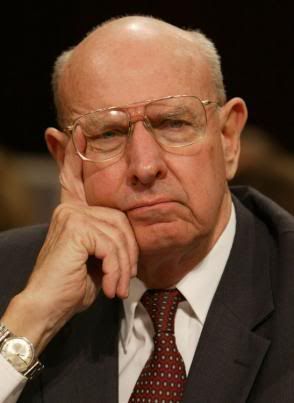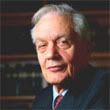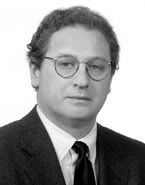Cheney’s Assassination Squads and Iran-Contra and Findings
Sy Hersh’s recent discussion at University of Minnesota included a number of tidbits, two of which are pertinent to this post. Hersh explained that the Joint Special Operations Command was doing operations that directly reported to Cheney, up to and including assassination. And Hersh revealed that Cheney had convened a meeting not long after 9/11 where he and other alumni of Iran-Contra brainstormed how to avoid the legal problems they had with Iran-Contra. A recent Congressional Research Service article on covert ops and presidential findings helps to show how these two revelations relate to each other.
The Assassination Squads Were Revealed Because CIA Demanded a Finding
While the assassination revelation got all the press, much of what Hersh said was not new. Hersh had described much of what was going on in a July 2008 article describing operational tensions between JSOC and CIA surrounding a presidential finding authorizing covert ops in connection with Iran’s alleged nukes program. The Gang of Eight had reviewed (to the extent they do) the finding, but the JSOC went beyond the scope of that finding.
United States Special Operations Forces have been conducting cross-border operations from southern Iraq, with Presidential authorization, since last year [2007]. These have included seizing members of Al Quds, the commando arm of the Iranian Revolutionary Guard, and taking them to Iraq for interrogation, and the pursuit of “high-value targets” in the President’s war on terror, who may be captured or killed. But the scale and the scope of the operations in Iran, which involve the Central Intelligence Agency and the Joint Special Operations Command (JSOC), have now been significantly expanded, according to the current and former officials. Many of these activities are not specified in the new Finding, and some congressional leaders have had serious questions about their nature.
Under federal law, a Presidential Finding, which is highly classified, must be issued when a covert intelligence operation gets under way and, at a minimum, must be made known to Democratic and Republican leaders in the House and the Senate and to the ranking members of their respective intelligence committees—the so-called Gang of Eight. Money for the operation can then be reprogrammed from previous appropriations, as needed, by the relevant congressional committees, which also can be briefed.
“The Finding was focussed on undermining Iran’s nuclear ambitions and trying to undermine the government through regime change,” a person familiar with its contents said, and involved “working with opposition groups and passing money.” The Finding provided for a whole new range of activities in southern Iran and in the areas, in the east, where Baluchi political opposition is strong, he said. [my emphasis]
There were two ways in which the JSOC operations went beyond the finding: they involved offensive lethal action that Cheney argued was authorized under the AUMF (which is where you get to assassination squads, as I pointed out when the article first came out).
Senior Democrats in Congress told me that they had concerns about the possibility that their understanding of what the new operations entail differs from the White House’s. Read more →

 Thomas Pickering is a career diplomat who served as U.S. ambassador to Jordan (1974–1978), Nigeria (1981–1983), El Salvador (1983–1985), Israel (1985–1988), the United Nations (1989-1992), India (1992–1993) and Russia (1993–1996). He is now vice chairman of
Thomas Pickering is a career diplomat who served as U.S. ambassador to Jordan (1974–1978), Nigeria (1981–1983), El Salvador (1983–1985), Israel (1985–1988), the United Nations (1989-1992), India (1992–1993) and Russia (1993–1996). He is now vice chairman of  Vice Admiral Lee Gunn (Ret.), who served in the final three years of his 35-year military career as Inspector General of the Department of the Navy, is now president of the Institute of Public Research at the
Vice Admiral Lee Gunn (Ret.), who served in the final three years of his 35-year military career as Inspector General of the Department of the Navy, is now president of the Institute of Public Research at the  John J. Farmer Jr., the former attorney general of New Jersey was Senior Counsel to the 9/11 Commission. He is a
John J. Farmer Jr., the former attorney general of New Jersey was Senior Counsel to the 9/11 Commission. He is a  Frederick A. O. Schwarz, Jr. Chief Counsel at the
Frederick A. O. Schwarz, Jr. Chief Counsel at the  David B. Rivkin, Jr. is a
David B. Rivkin, Jr. is a  Jeremy Rabkin, a renowned scholar of internationalaw, is a professor at George Mason University School of Law in Arlington, Va. A member of the board of directors of the
Jeremy Rabkin, a renowned scholar of internationalaw, is a professor at George Mason University School of Law in Arlington, Va. A member of the board of directors of the